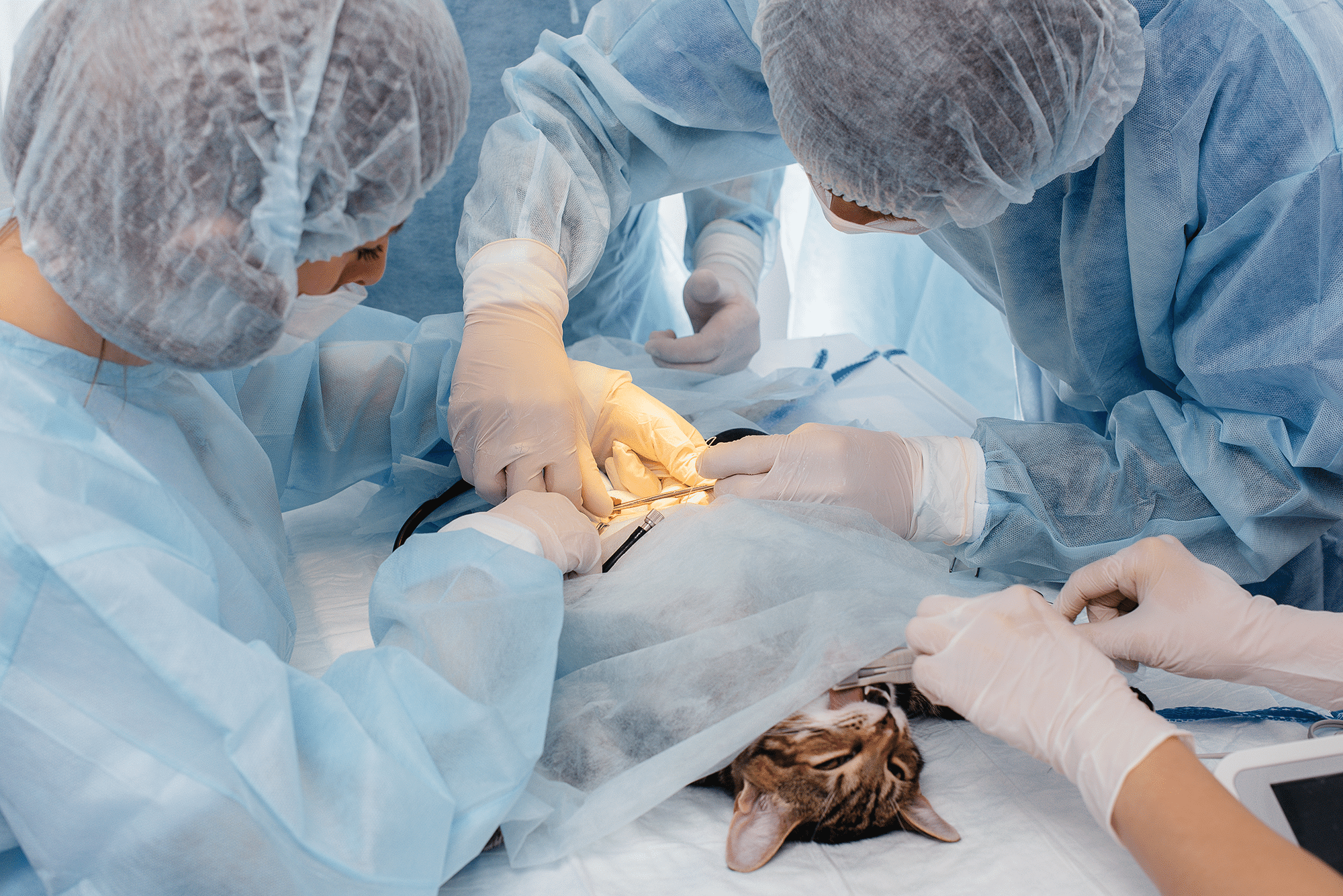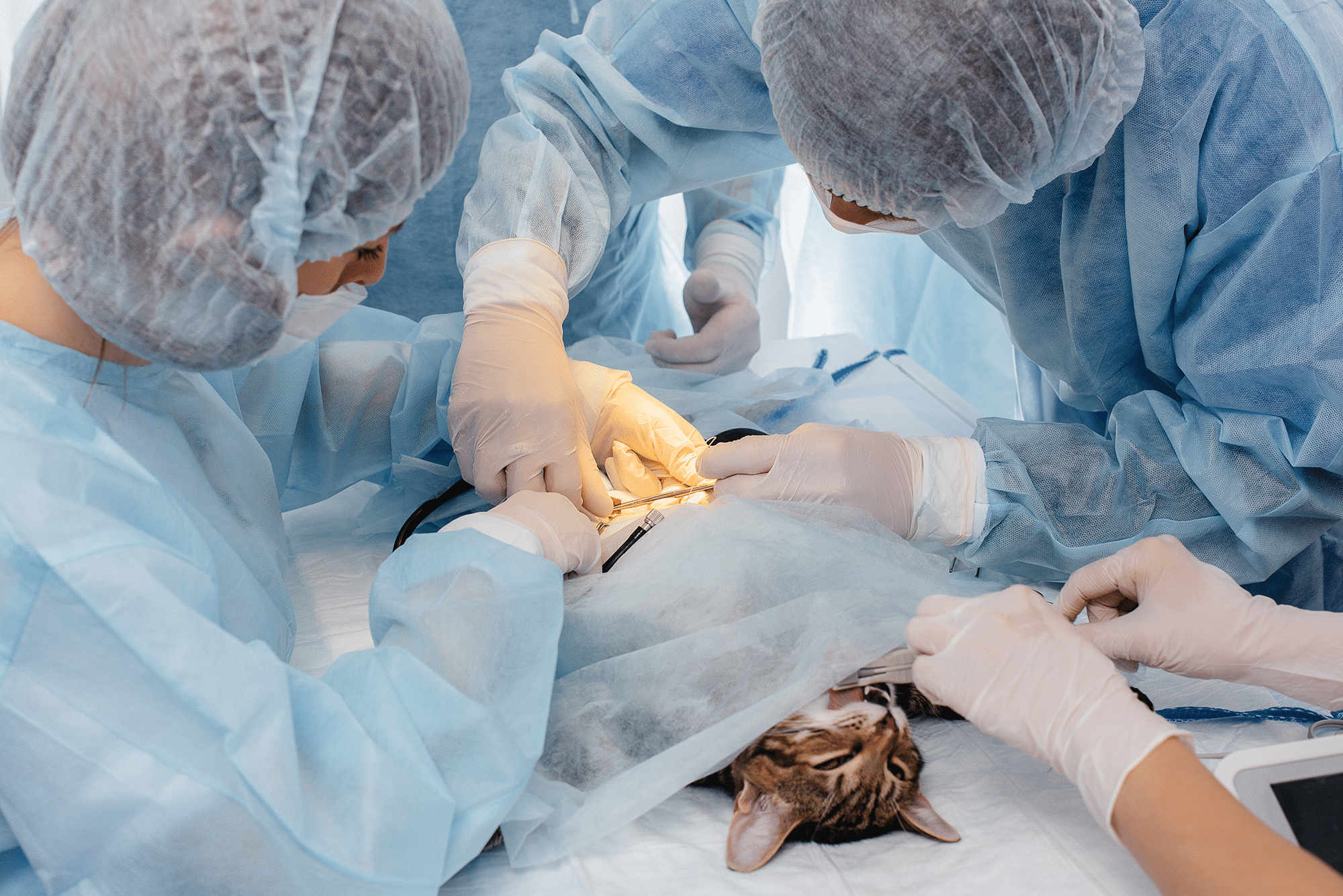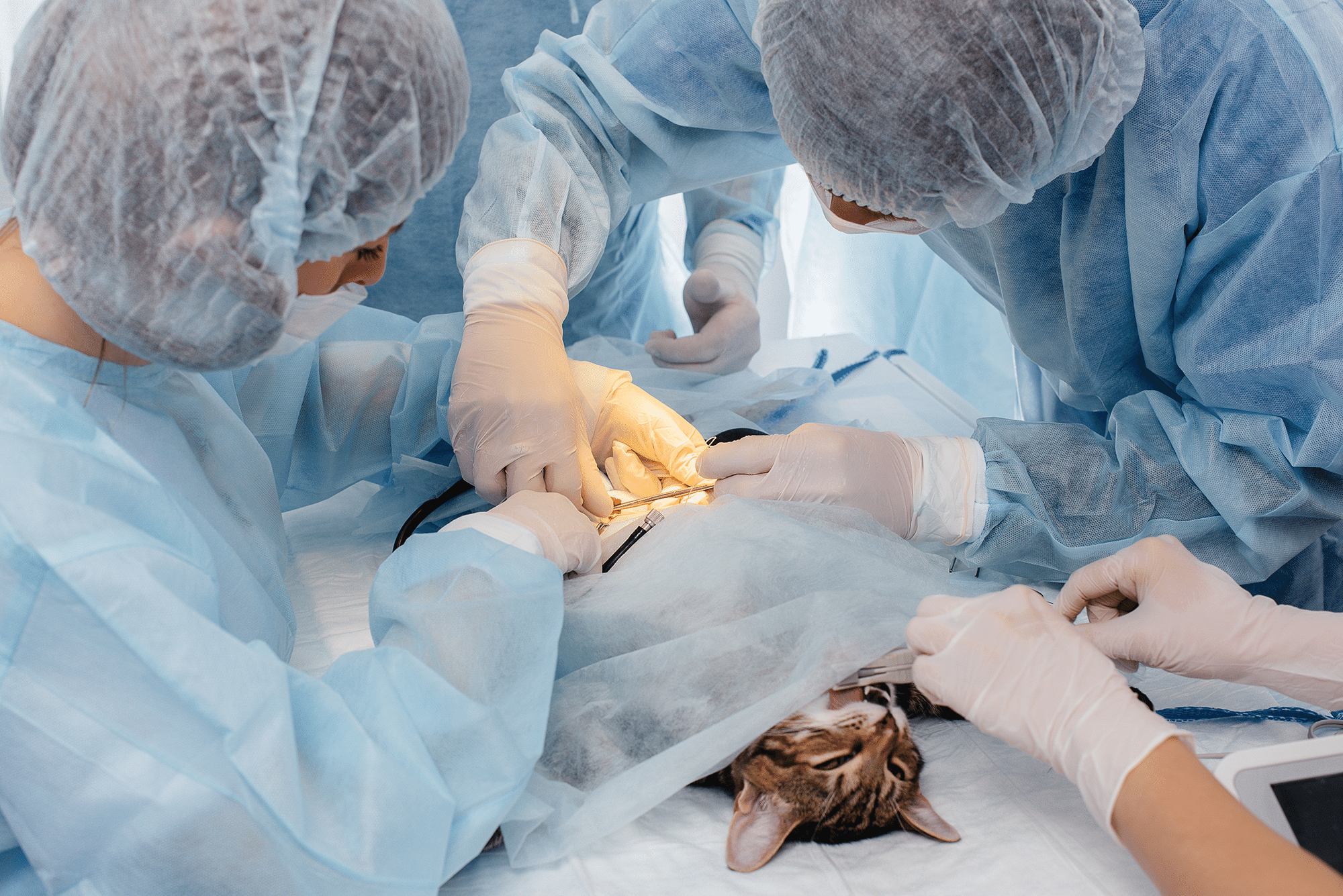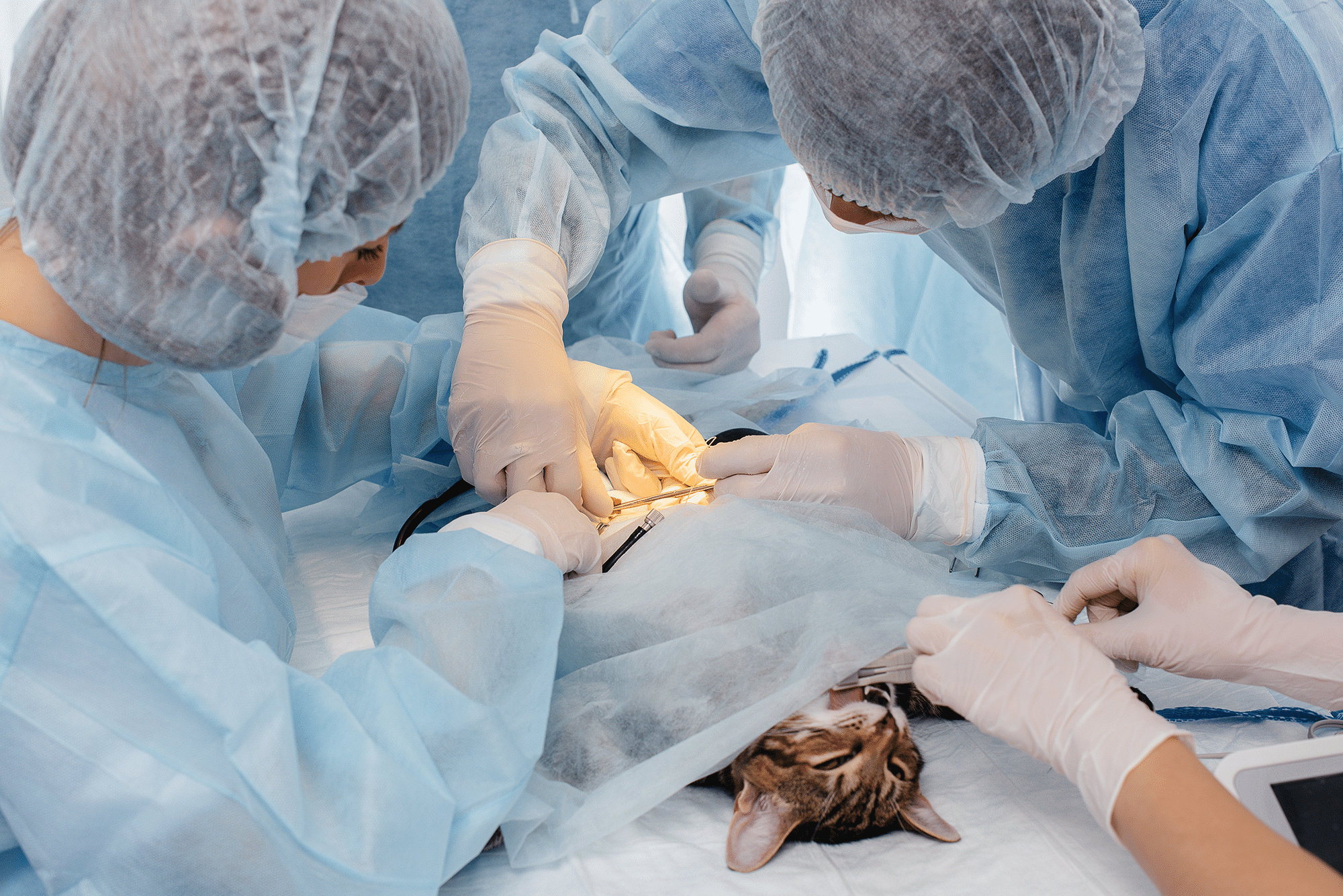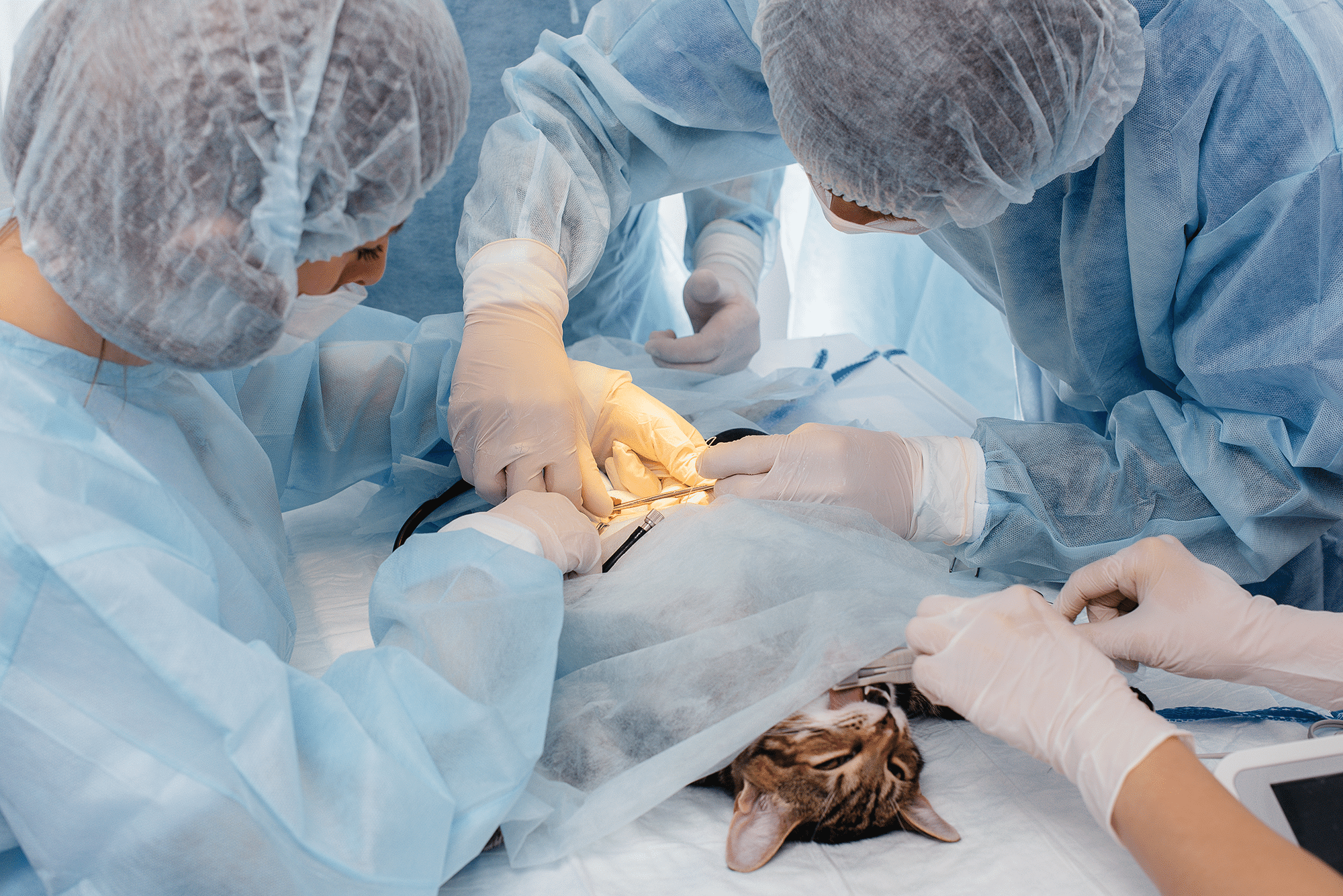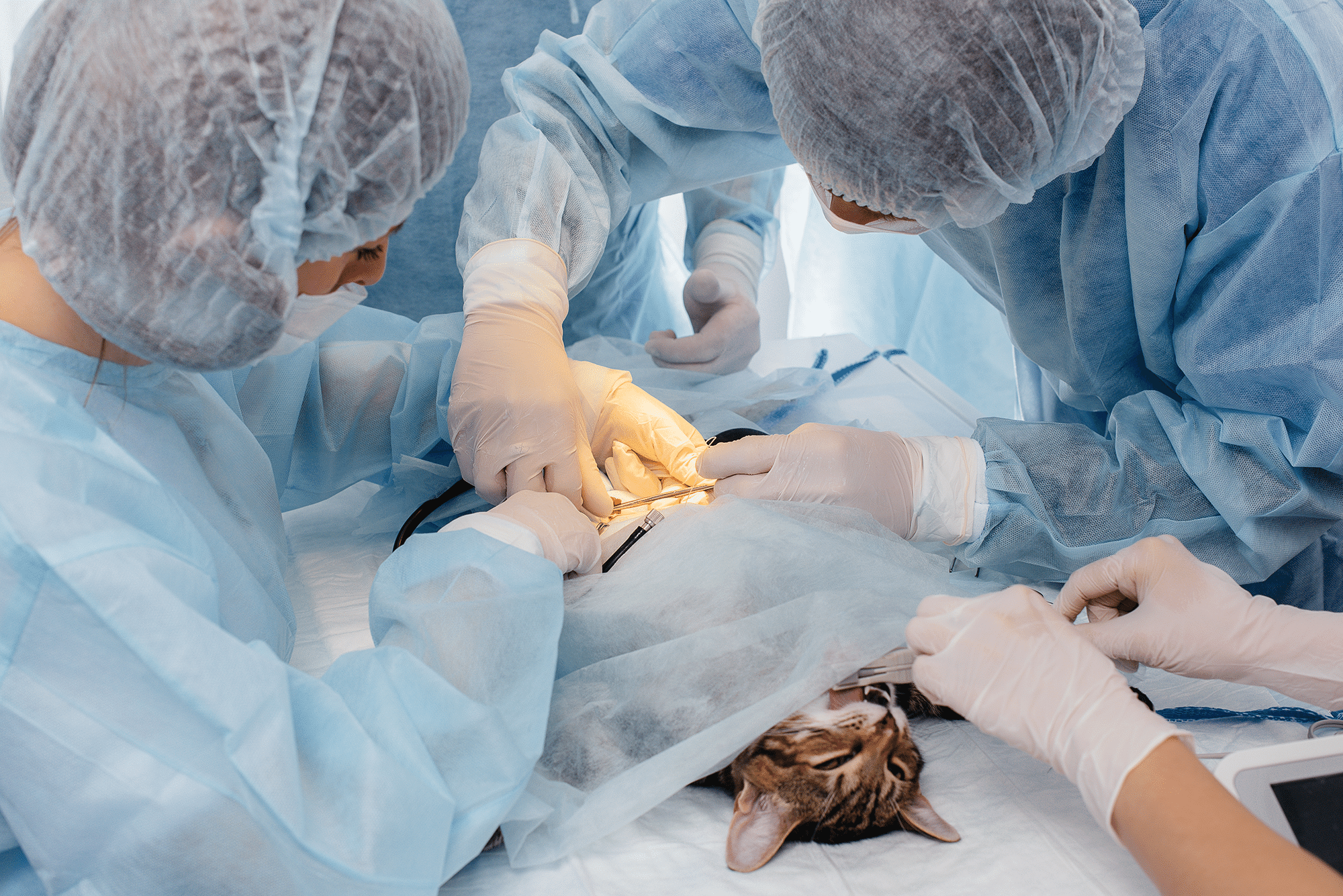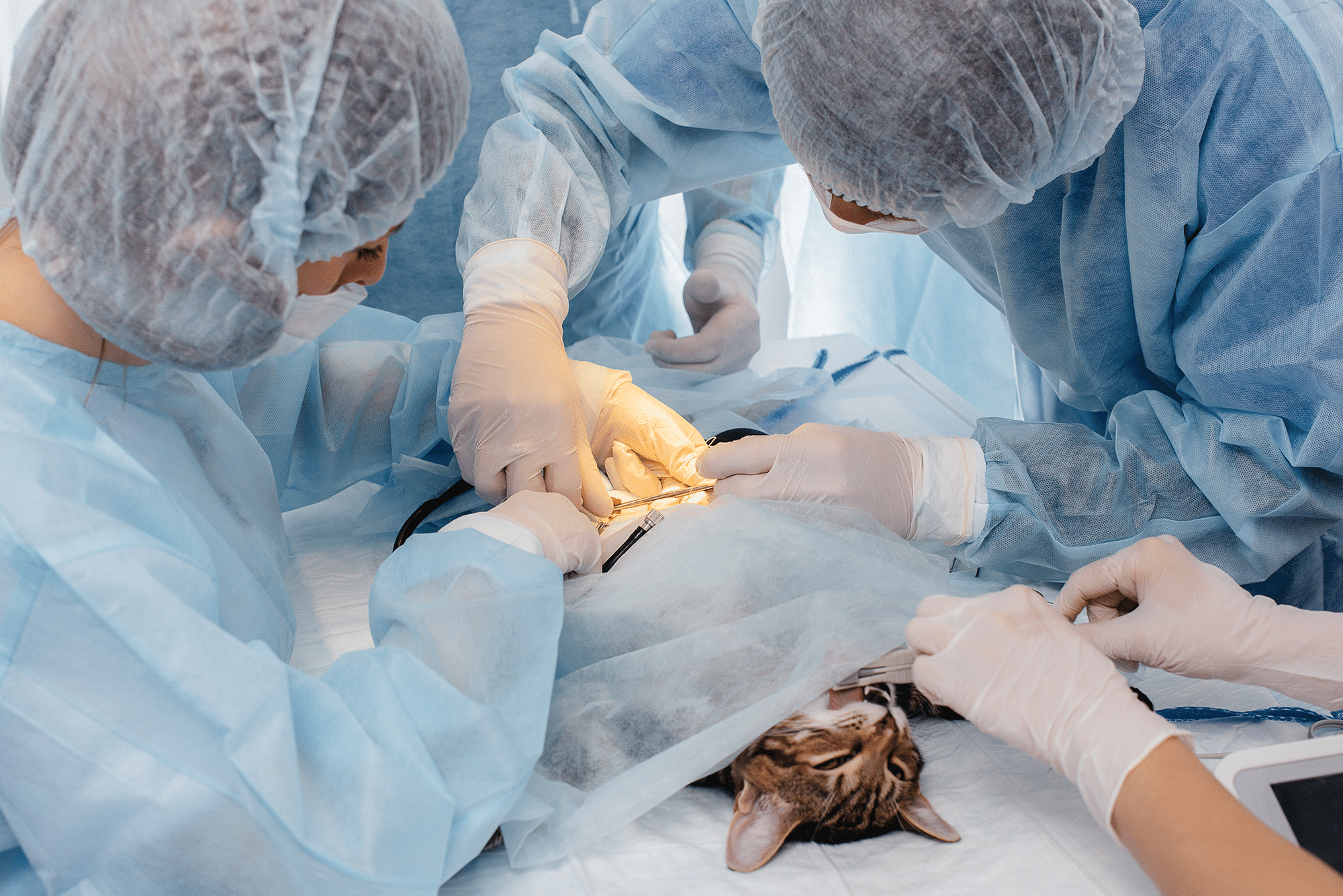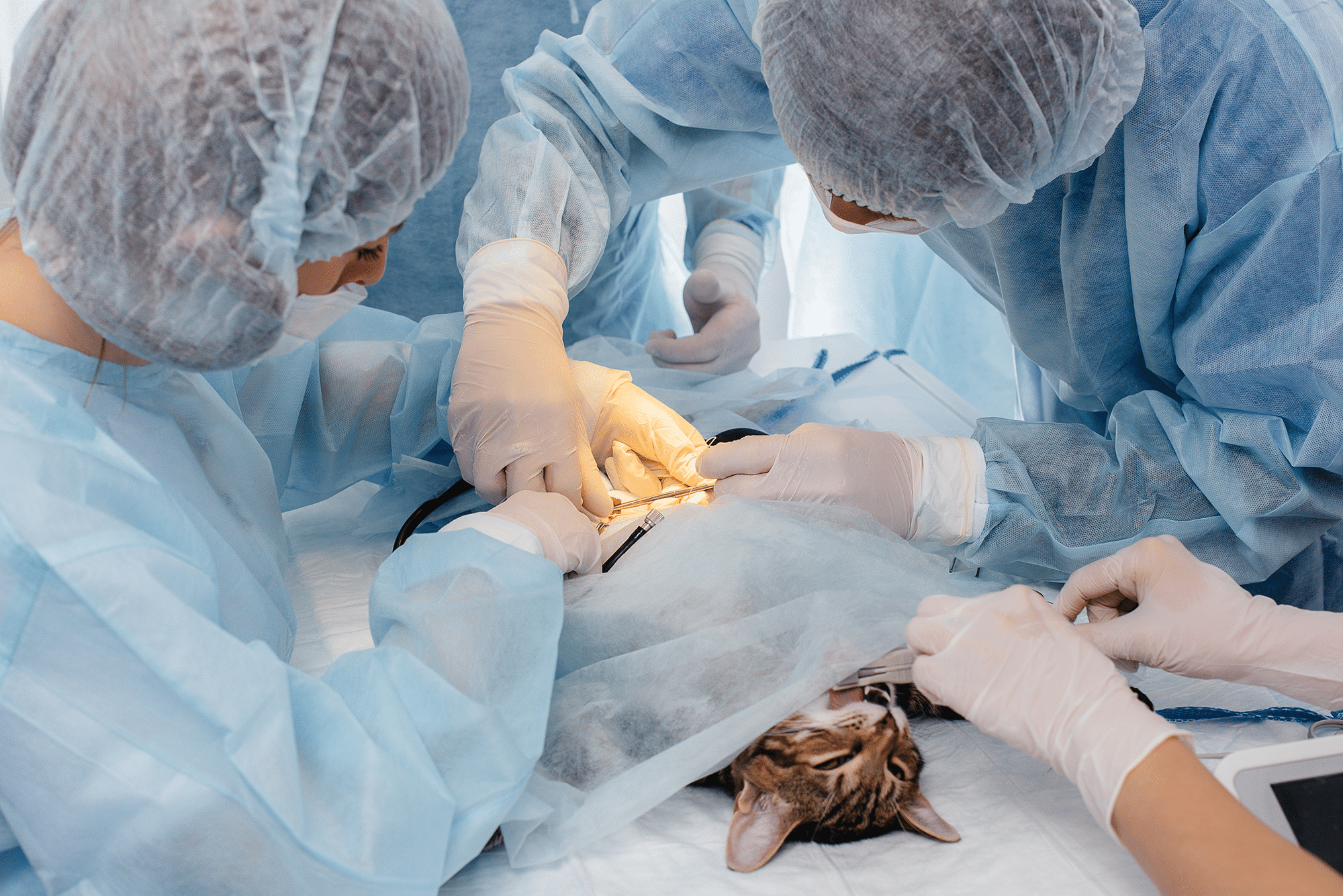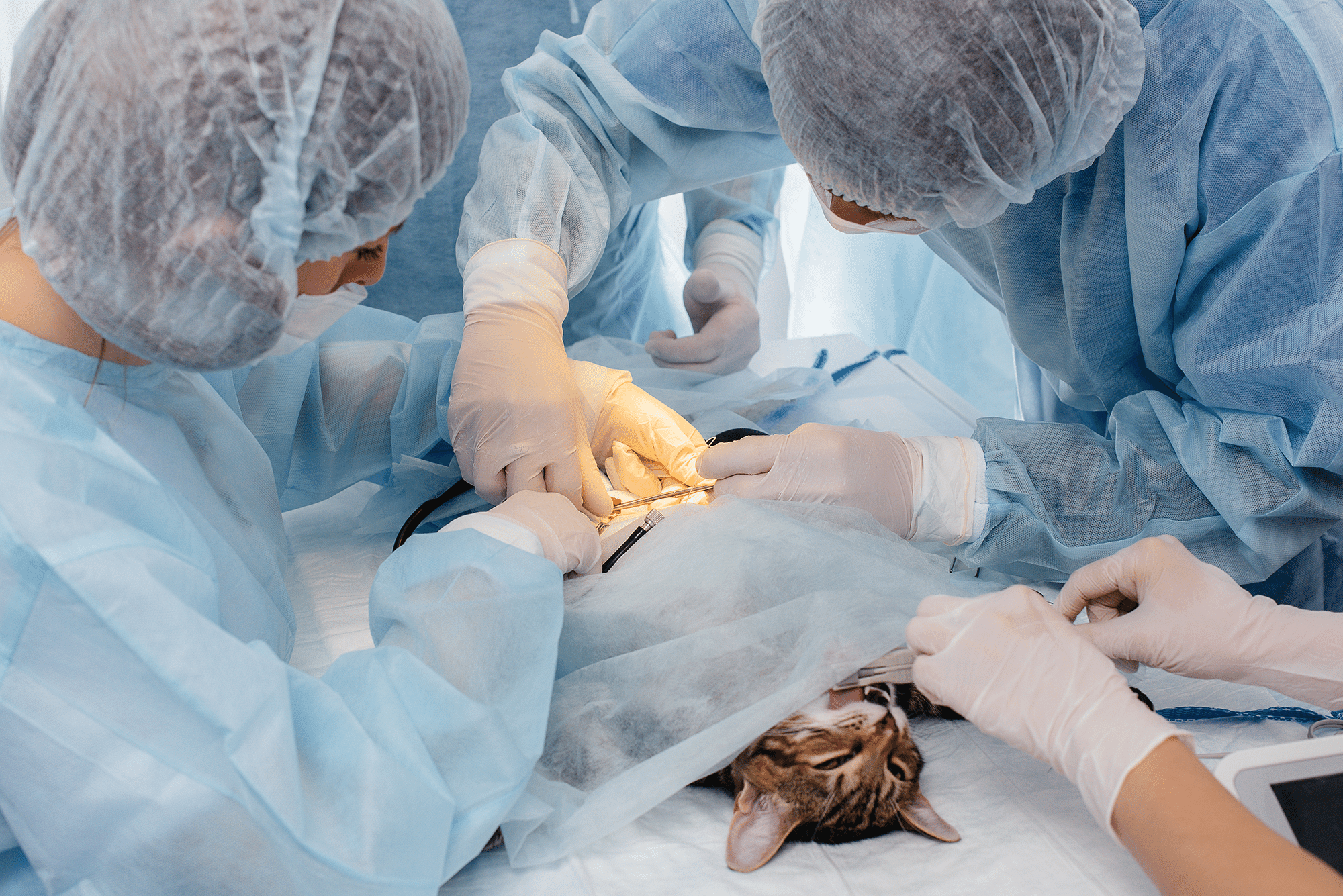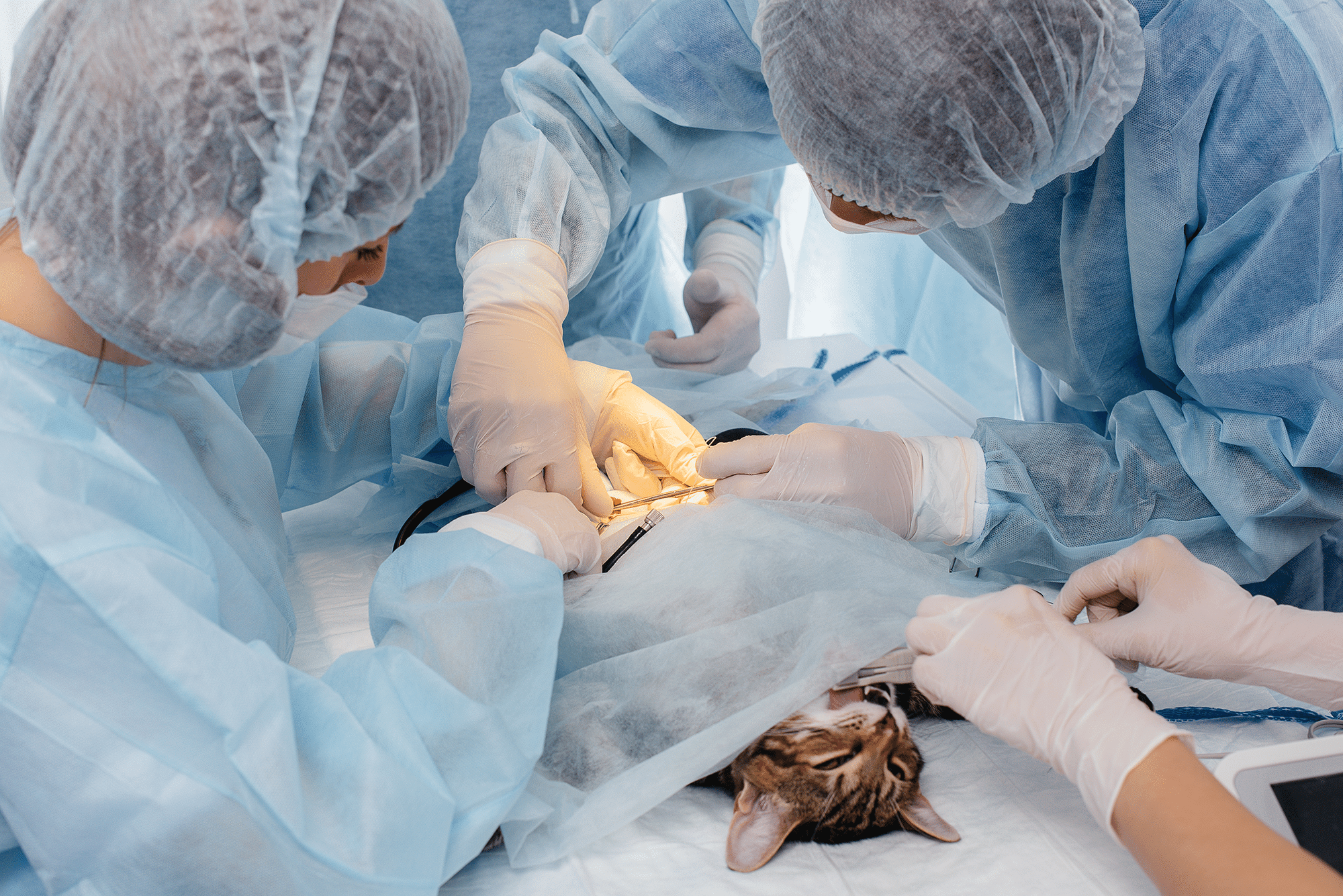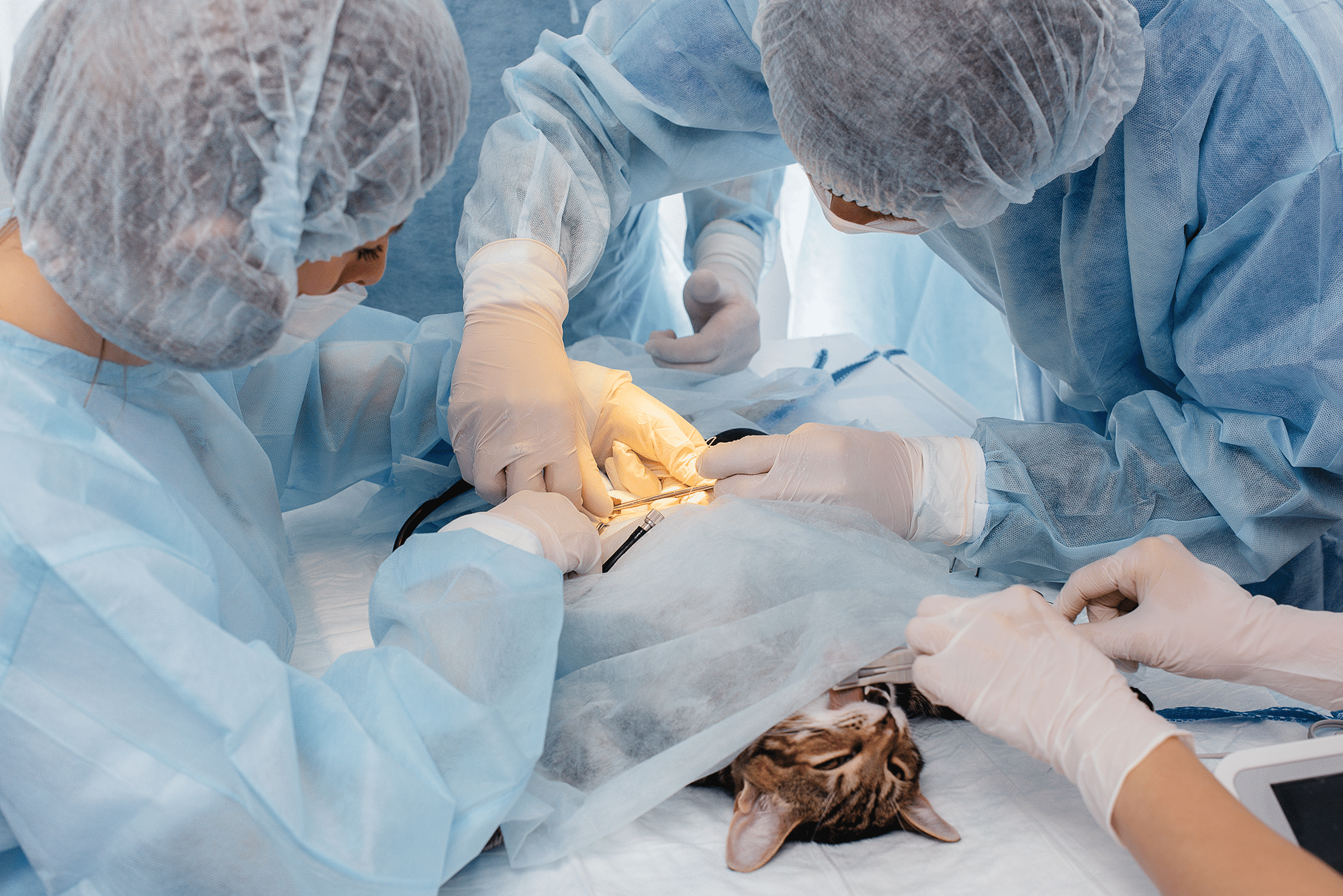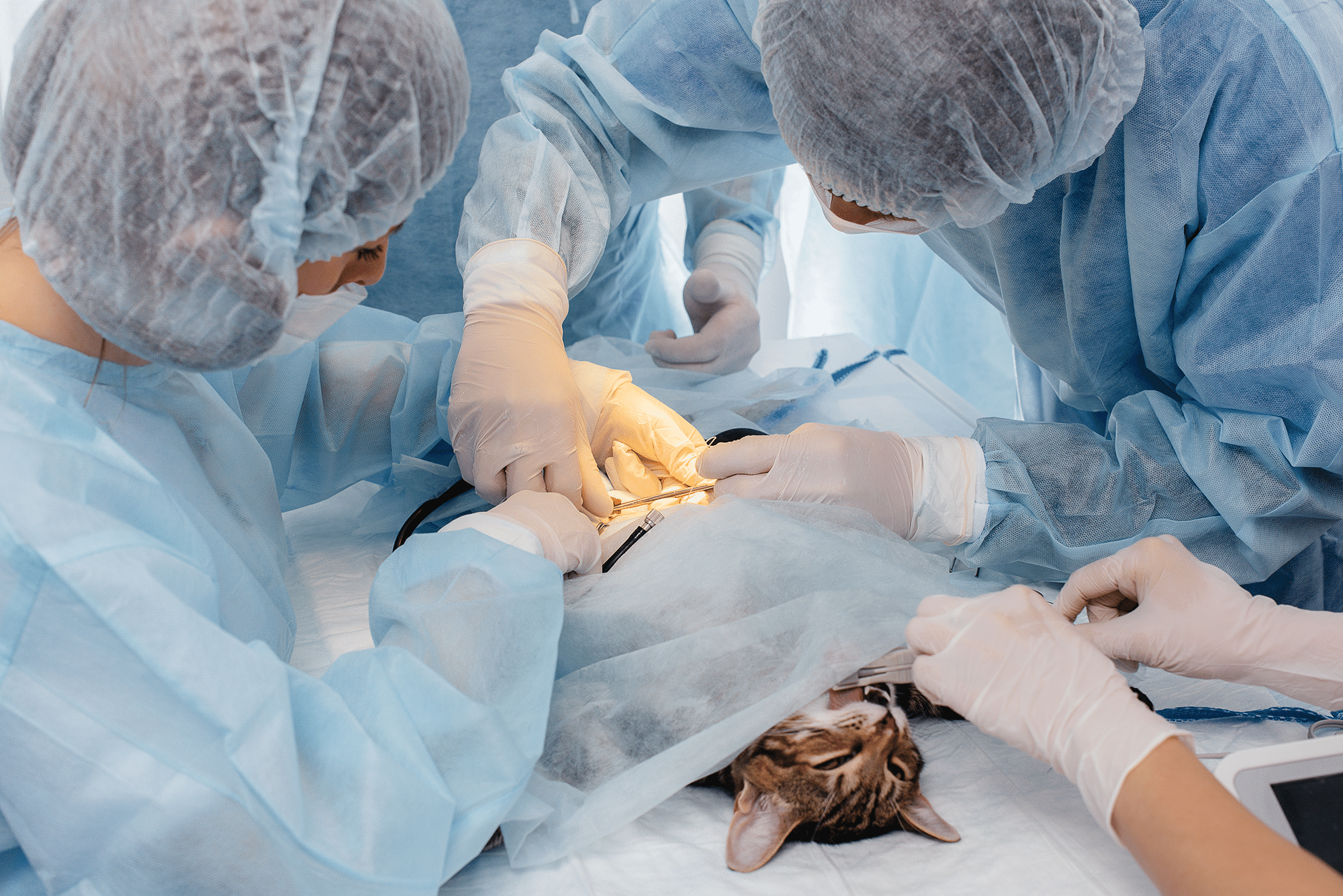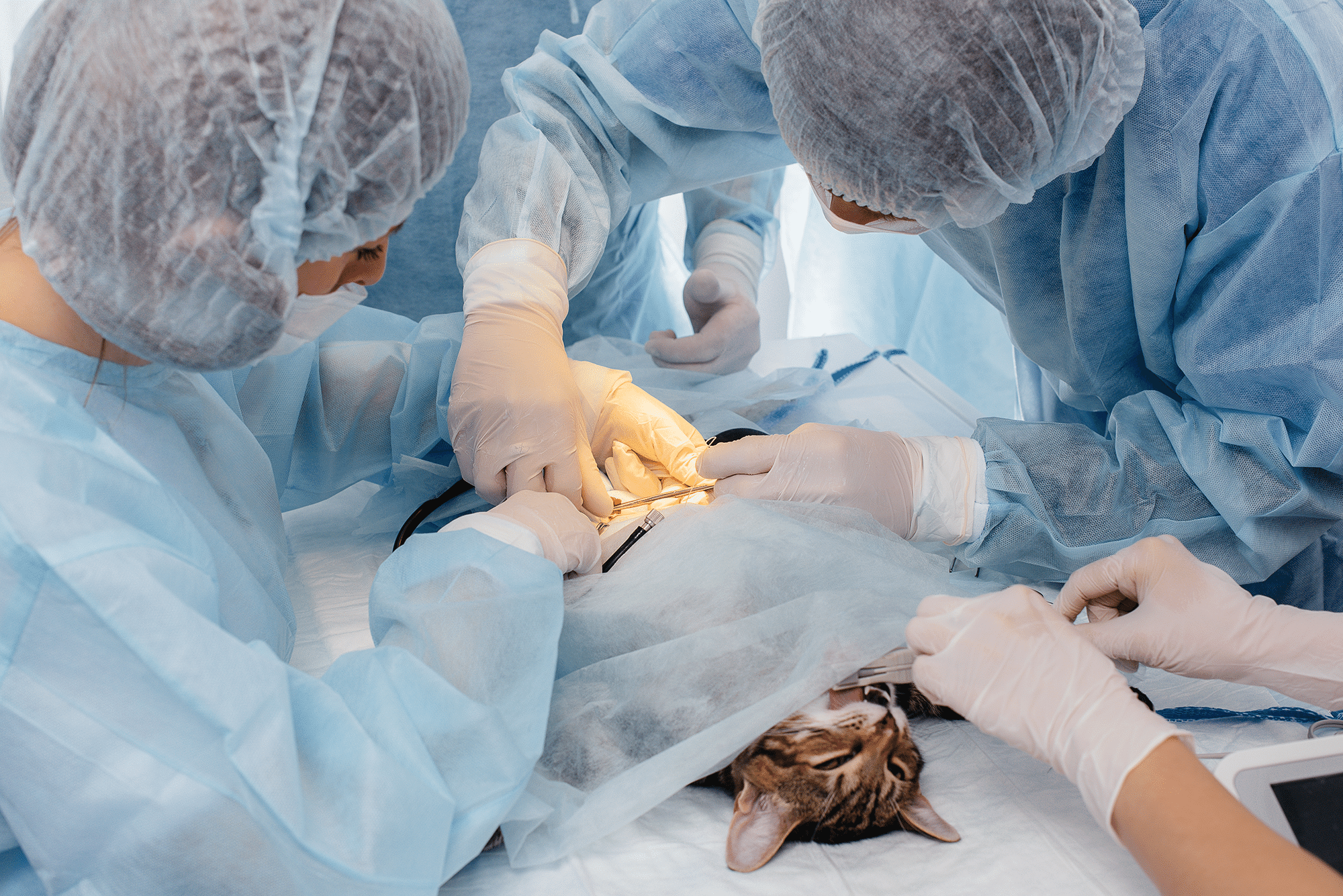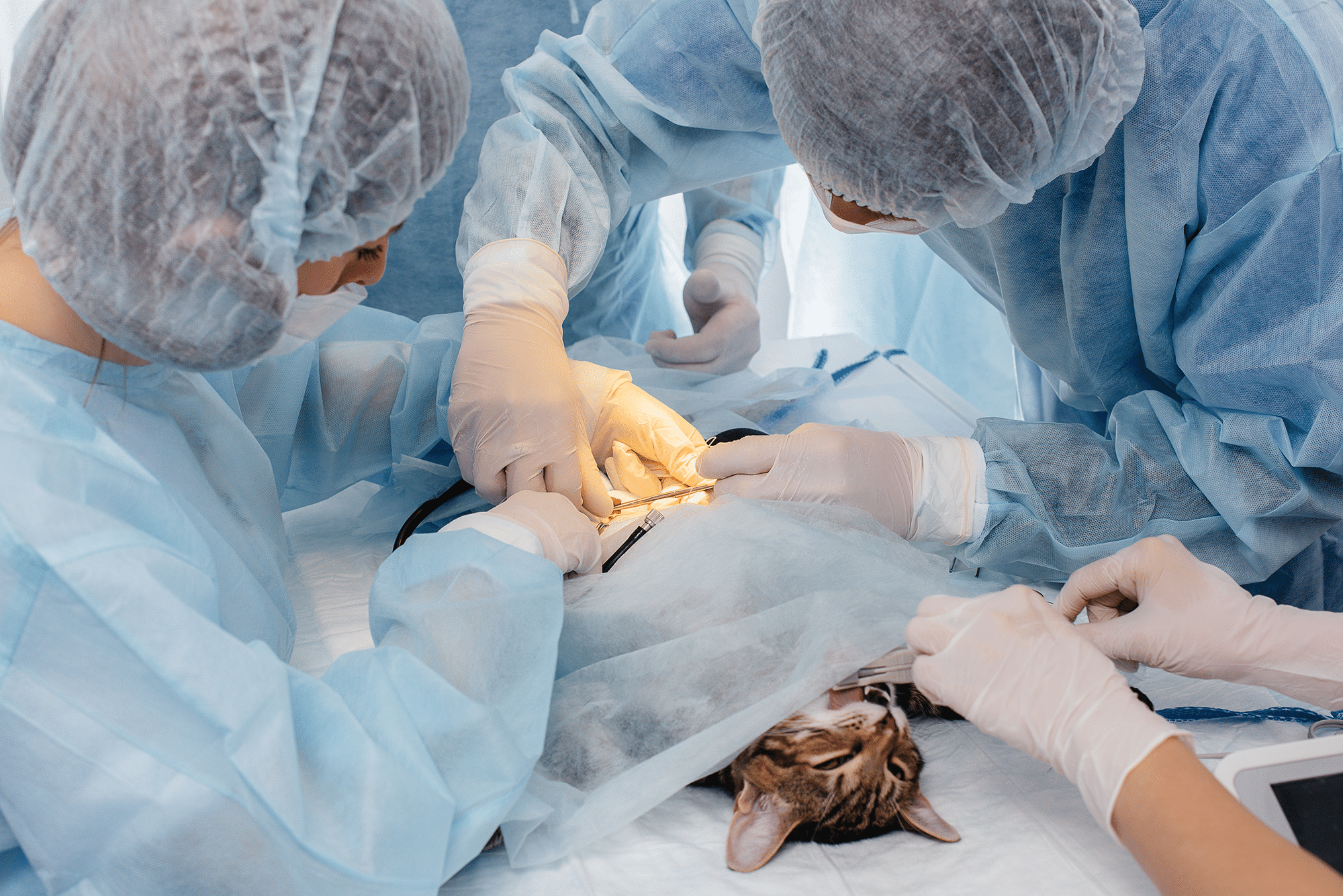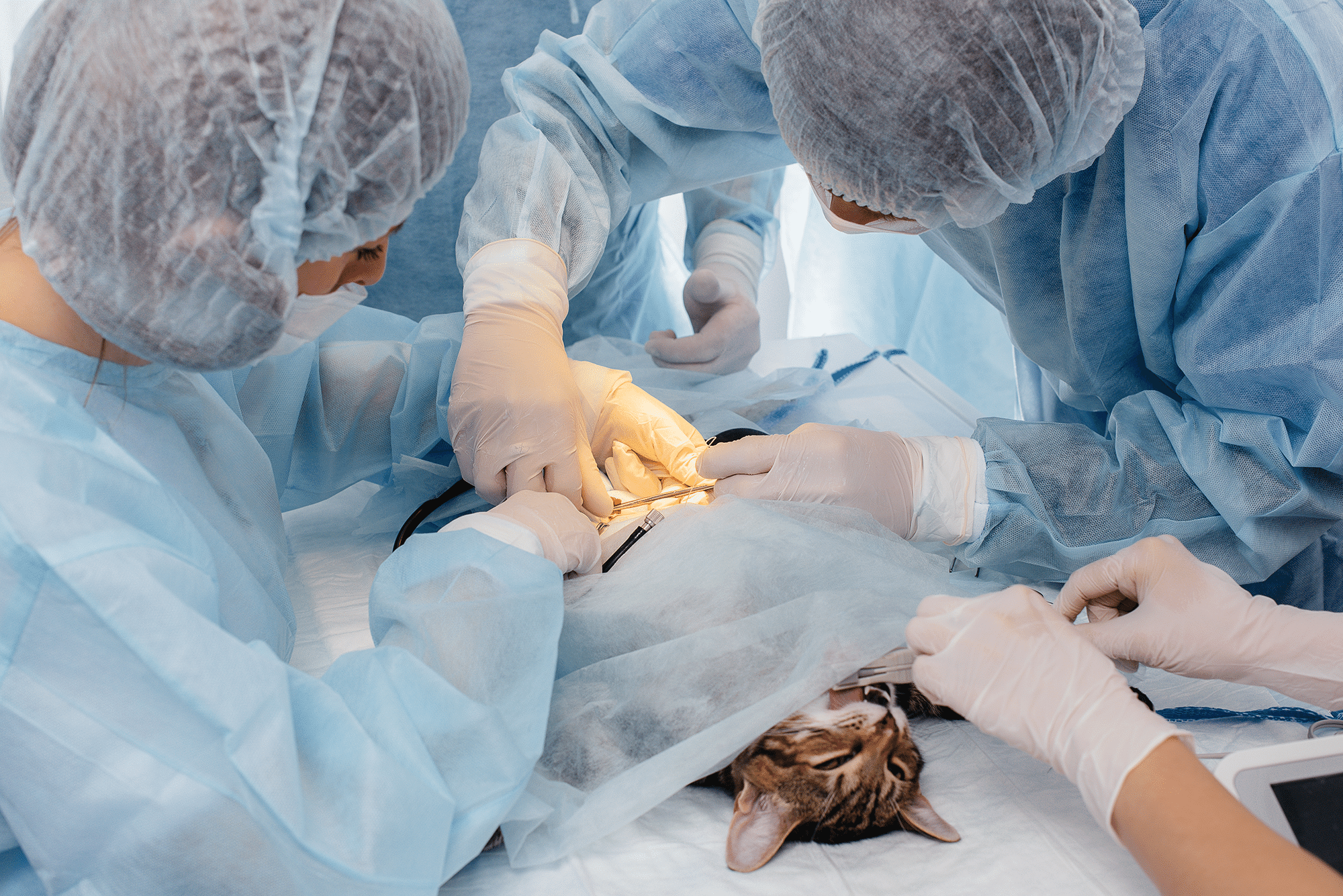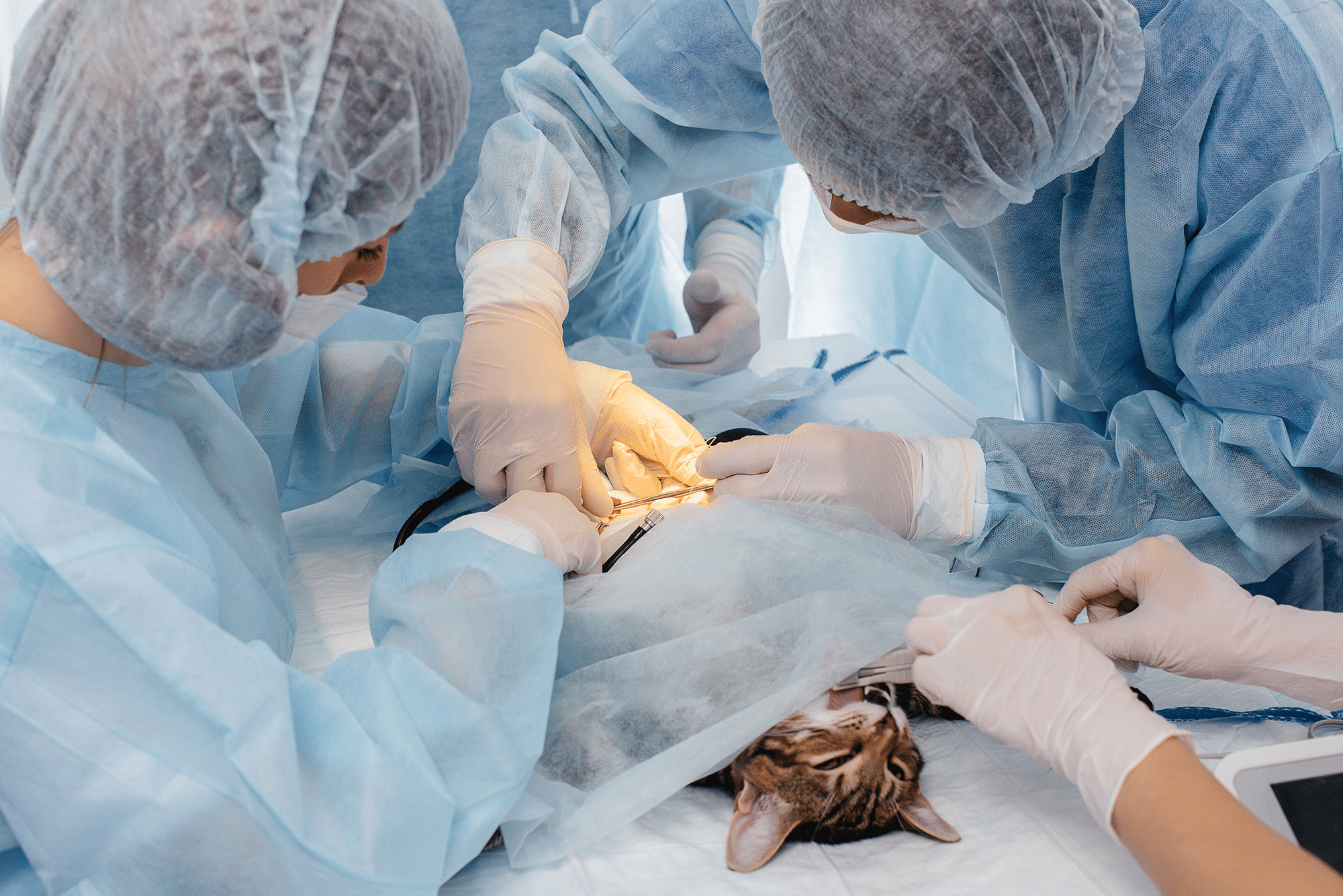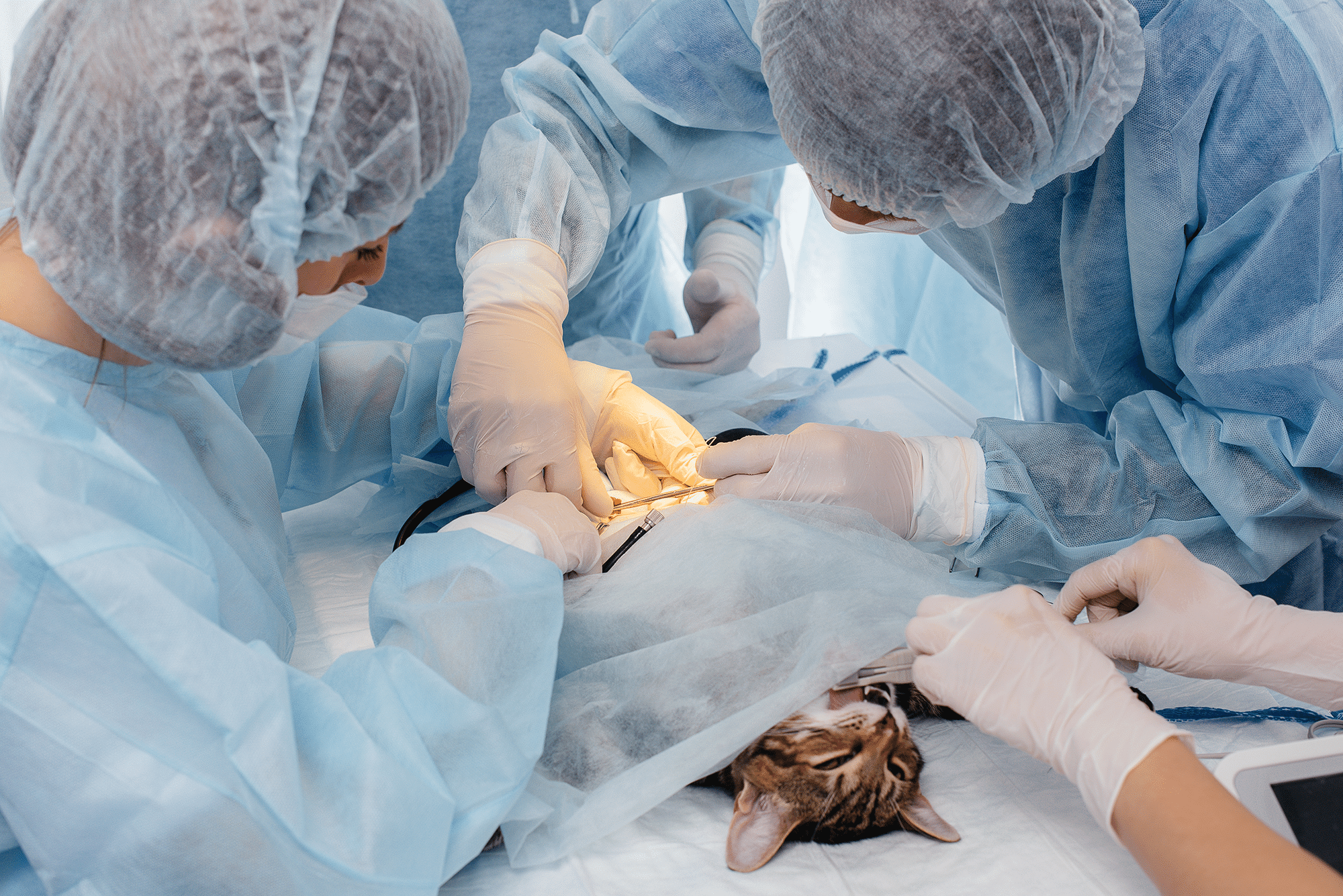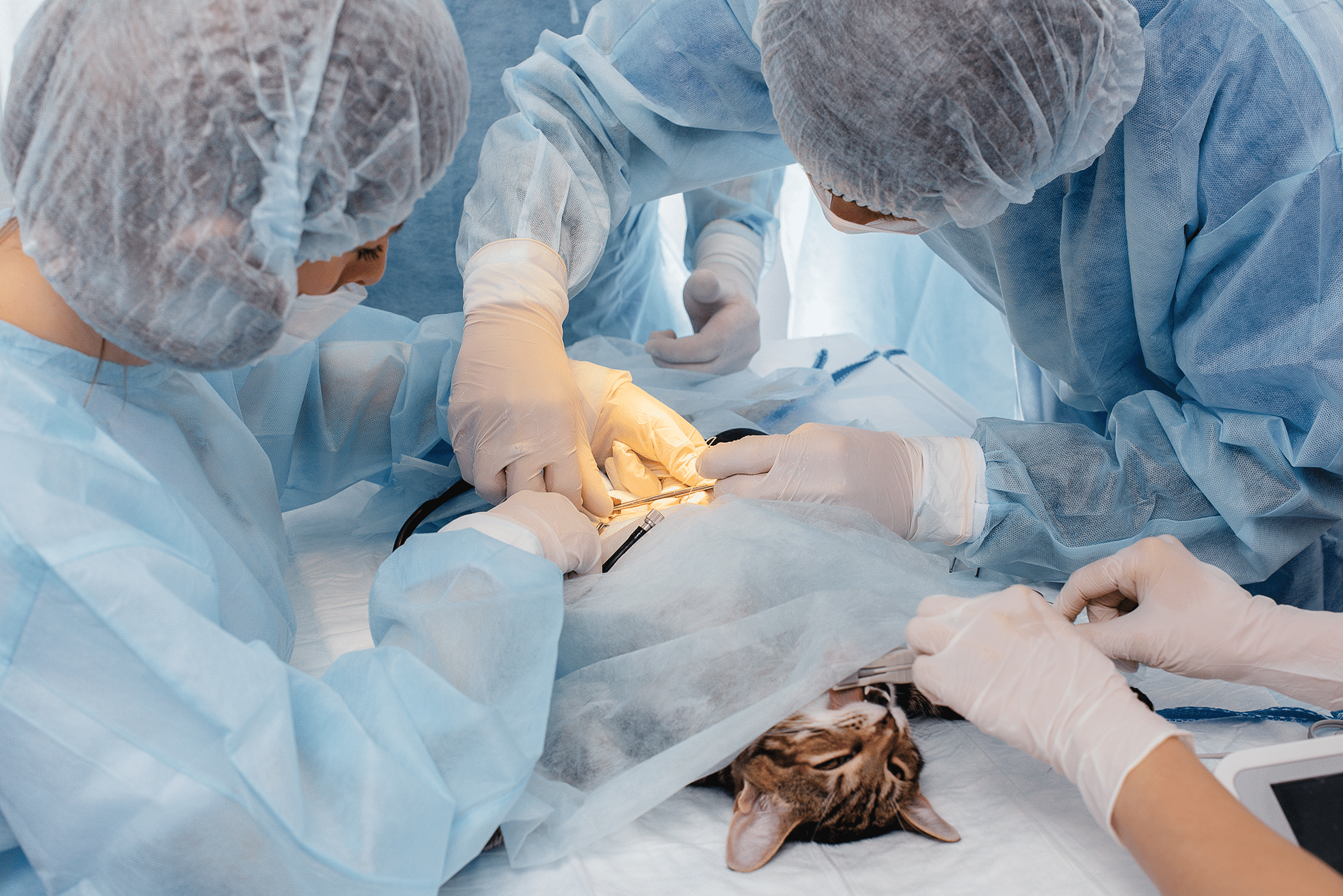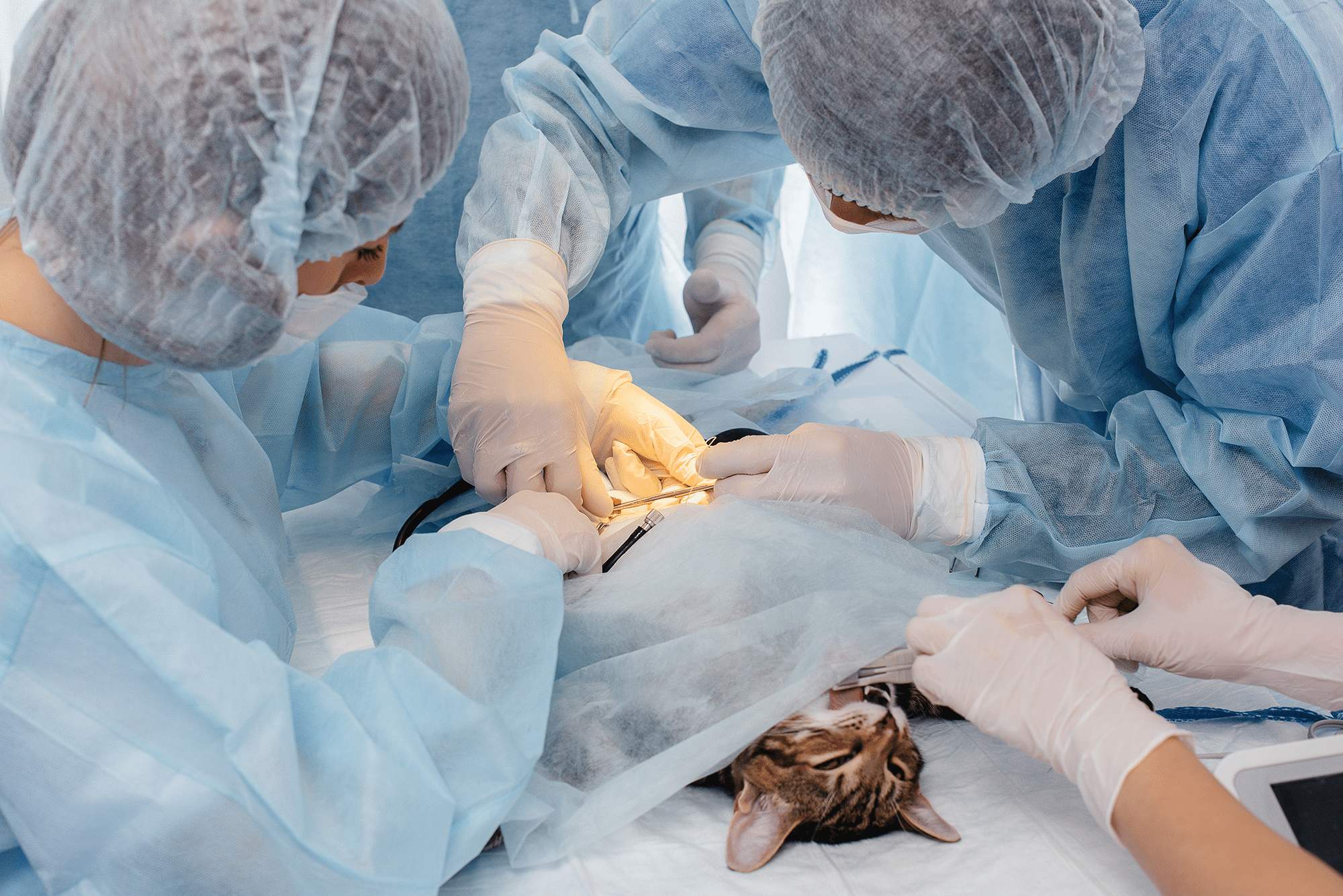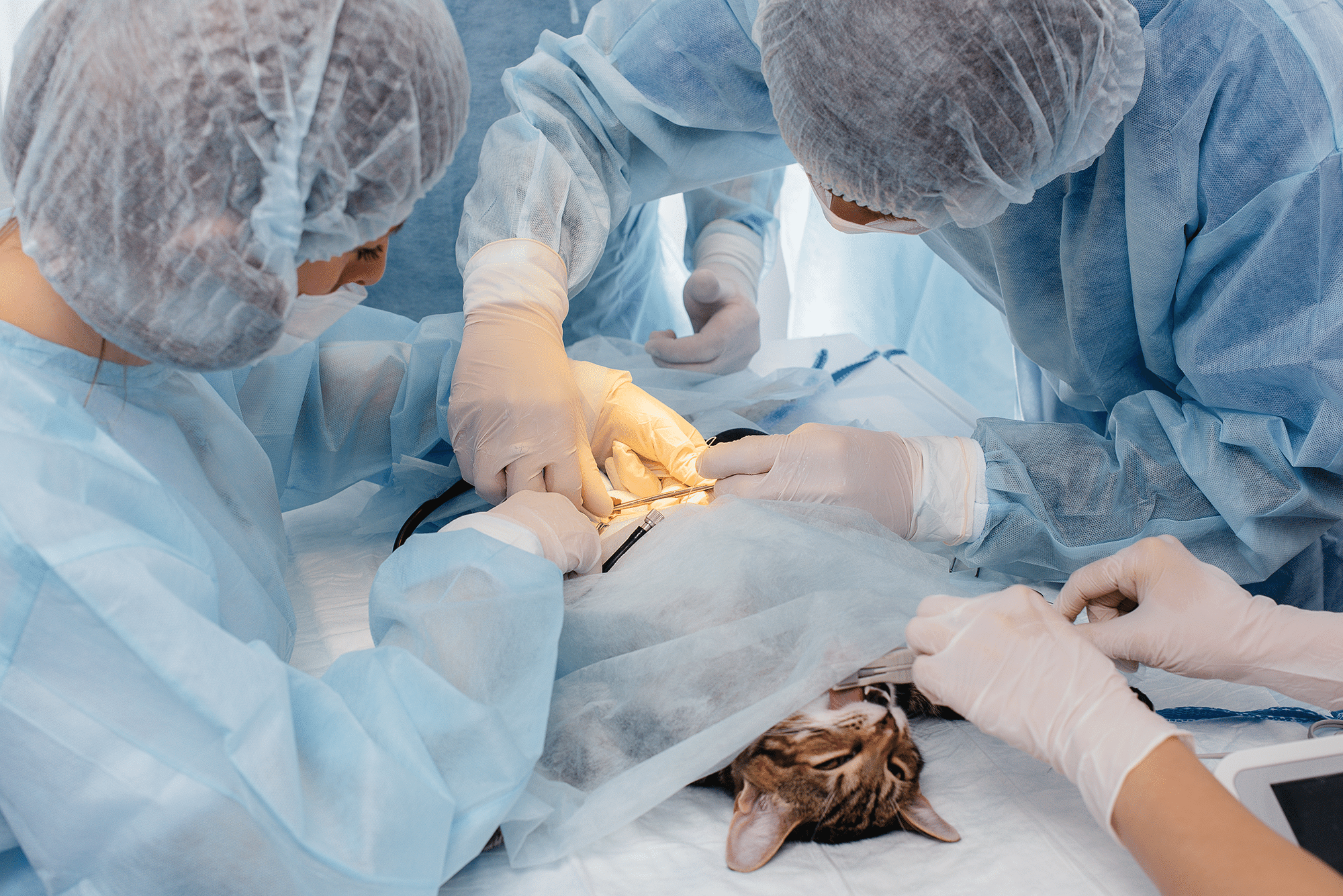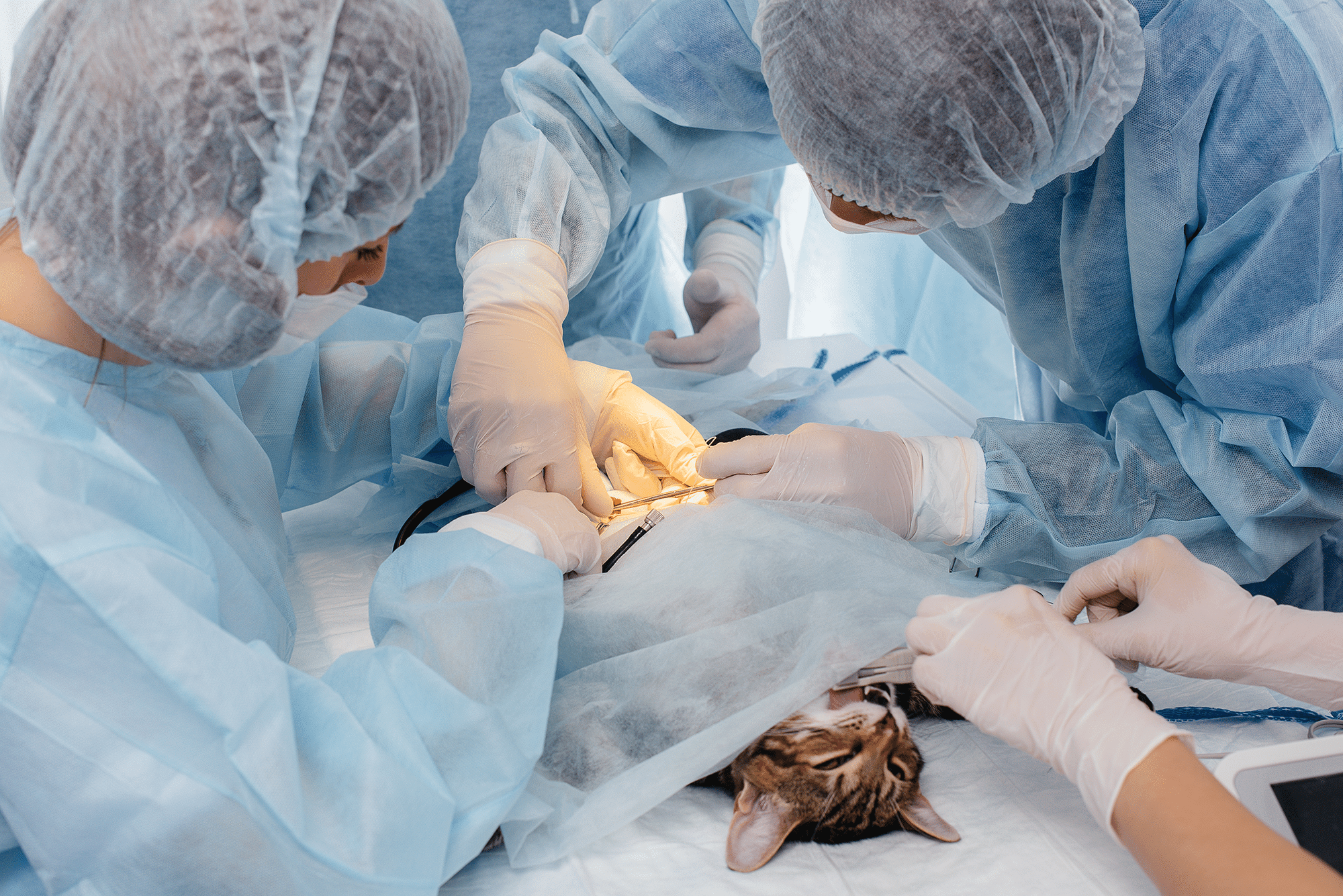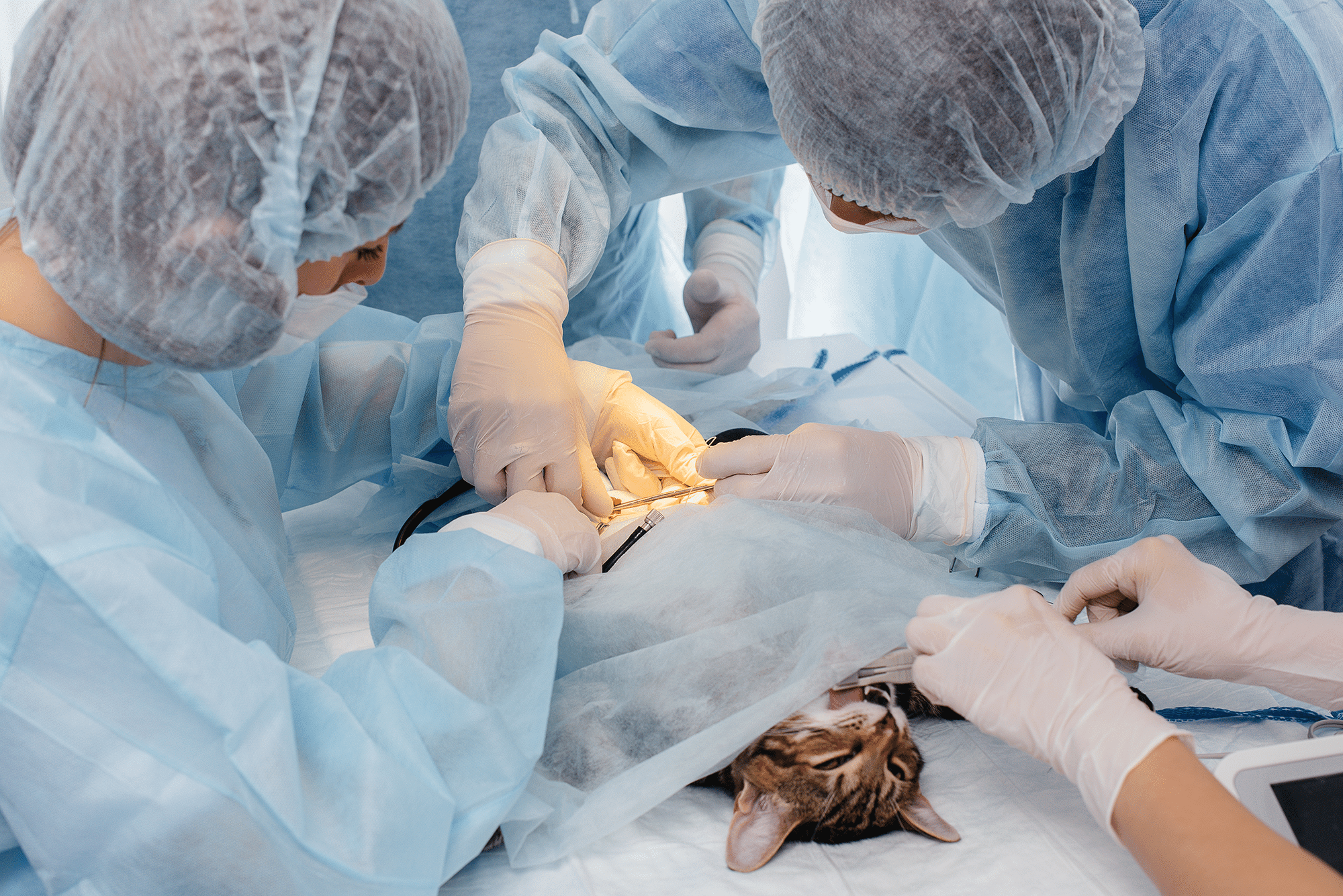Veterinary practices face unique risks when handling, storing, and administering controlled drugs. From Schedule 2 opi…
Large Animal Surgery Insurance: Comprehensive Coverage for Veterinary Surgical Practices
Large animal surgery represents one of the most specialized and high-risk areas of veterinary practice. From emergency colic surgery on horses to complex orthopedic procedures on cattle, large animal surgeons face unique challenges that require specialized insurance protection. Unlike small animal practices, large animal surgery involves significant financial exposures, complex logistics, and heightened liability risks that standard veterinary insurance may not adequately cover.
What is Large Animal Surgery Insurance?
Large animal surgery insurance is a specialized form of professional indemnity and liability coverage designed specifically for veterinary surgeons who perform surgical procedures on horses, cattle, sheep, pigs, and other large animals. This insurance goes beyond basic veterinary coverage to address the unique risks associated with major surgical interventions on valuable livestock and equine patients.
Key Coverage Areas
Professional Indemnity Protection
Professional indemnity forms the cornerstone of large animal surgery insurance, protecting against claims arising from alleged negligence, errors, or omissions during surgical procedures. This includes coverage for misdiagnosis, surgical complications, anesthetic accidents, and post-operative care failures. Given that large animal patients often represent significant financial investments, professional indemnity limits typically need to be substantially higher than those for small animal practices.
Public Liability Coverage
Large animal surgery often takes place on farms, stables, or specialized equine hospitals where public liability risks are elevated. Coverage includes protection against third-party injuries, property damage, and accidents involving clients, farm workers, or visitors to surgical sites. This is particularly important for mobile surgical services operating across multiple locations.
Product Liability Protection
Surgical procedures require specialized equipment, implants, medications, and anesthetic agents. Product liability coverage protects against claims arising from defective surgical instruments, contaminated medications, faulty implants, or adverse reactions to pharmaceutical products used during procedures.
Equipment and Instrument Coverage
Large animal surgical equipment represents a significant capital investment. Coverage includes protection for portable surgical units, anesthetic machines, monitoring equipment, surgical instruments, and specialized tools. This extends to equipment breakdown, theft, and damage during transport to surgical sites.
Business Interruption Protection
When surgical equipment fails or facilities become unavailable, the financial impact can be severe. Business interruption coverage compensates for lost income during periods when surgical services cannot be provided, including coverage for alternative facility costs and emergency equipment rental.
Specific Risks in Large Animal Surgery
Anesthetic Complications
Large animals present unique anesthetic challenges due to their size, physiology, and stress responses. Anesthetic accidents can result in patient death or serious injury, leading to substantial compensation claims. Insurance must account for the higher risks associated with anesthetizing horses, cattle, and other large species.
Surgical Site Infections
Post-operative infections in large animals can be particularly challenging to manage and may result in prolonged treatment, reduced performance, or patient death. Coverage includes protection against claims arising from hospital-acquired infections, inadequate sterile technique, or post-operative complications.
Patient Handling Injuries
Large animals can cause serious injuries to surgical staff and assistants during procedures. Employers' liability coverage is essential, along with protection against claims from temporary staff, students, and visiting professionals who may assist with surgical cases.
Transportation Risks
Mobile surgical services face additional risks during equipment transport and setup. Coverage includes protection for accidents during travel, equipment damage, and liability arising from on-site surgical procedures at client premises.
High-Value Patient Considerations
Many large animal surgical patients represent significant financial investments, particularly in the equine industry. Insurance must account for the potential for high-value compensation claims when surgical outcomes are unsuccessful.
Industry-Specific Considerations
Equine Surgery Specialization
Equine surgery presents unique challenges, from emergency colic procedures to complex orthopedic surgeries on valuable racehorses and sport horses. Insurance must account for the high value of equine patients and the specialized nature of equine surgical procedures.
Farm Animal Surgery
Cattle, sheep, and pig surgery often involves production animals where economic considerations drive treatment decisions. Coverage must address the different risk profiles associated with production animal surgery versus companion animal procedures.
Emergency vs. Elective Procedures
Emergency surgical procedures carry higher risks due to time pressures, suboptimal conditions, and critically ill patients. Insurance should account for the different risk profiles between emergency and elective surgical procedures.
Regulatory and Compliance Requirements
Veterinary Medicines Regulations
Large animal surgery involves the use of controlled substances and prescription-only medicines. Insurance should include coverage for regulatory compliance issues and potential claims arising from medication errors or controlled substance handling.
Animal Welfare Compliance
Surgical procedures must comply with animal welfare regulations and industry standards. Coverage includes protection against regulatory investigations and potential prosecutions related to animal welfare concerns.
Professional Registration Requirements
Large animal surgeons must maintain appropriate professional registration and continuing education requirements. Insurance should account for the specialized qualifications and ongoing training requirements for surgical practitioners.
Choosing the Right Coverage
Assessing Coverage Limits
Professional indemnity limits should reflect the potential value of surgical patients and the complexity of procedures performed. Equine surgeons may require higher limits than those working primarily with farm animals.
Understanding Policy Exclusions
Common exclusions may include experimental procedures, cosmetic surgery, or procedures performed outside the practitioner's area of expertise. Understanding these exclusions is crucial for ensuring adequate protection.
Claims-Made vs. Occurrence Policies
Most professional indemnity policies are written on a claims-made basis, meaning coverage applies when claims are made rather than when incidents occur. Understanding the implications of claims-made coverage is essential for maintaining continuous protection.
Risk Management Strategies
Surgical Protocols and Documentation
Implementing comprehensive surgical protocols and maintaining detailed medical records can help defend against professional indemnity claims. Insurance providers often offer risk management resources to help minimize claim frequency and severity.
Continuing Education and Training
Staying current with surgical techniques and best practices through continuing education can help reduce liability risks. Many insurers offer premium discounts for practitioners who maintain advanced qualifications and training.
Equipment Maintenance and Calibration
Regular maintenance and calibration of surgical equipment is essential for patient safety and can help defend against equipment-related claims. Maintaining comprehensive maintenance records is crucial for insurance purposes.
Cost Factors and Premium Considerations
Experience and Claims History
Premium rates are typically based on the surgeon's experience, claims history, and the types of procedures performed. Surgeons with extensive experience and clean claims records typically qualify for more favorable rates.
Practice Location and Setup
Mobile surgical services may face different premium rates than hospital-based practices due to the additional risks associated with traveling to multiple locations and working in varying conditions.
Annual Surgical Volume
The number of surgical procedures performed annually can impact premium rates, with higher-volume practices potentially qualifying for economies of scale in their insurance costs.
Claims Process and Support
Immediate Incident Reporting
Large animal surgery insurance policies typically require immediate notification of potential claims or incidents. Understanding reporting requirements and timelines is crucial for maintaining coverage.
Expert Witness Support
Claims involving surgical procedures often require expert witness testimony. Quality insurance providers offer access to veterinary surgical experts who can provide defense support in professional indemnity claims.
Legal Defense Coverage
Comprehensive legal defense coverage is essential, including protection against regulatory investigations, professional misconduct allegations, and criminal defense costs where appropriate.
Future Considerations and Trends
Advancing Surgical Techniques
As large animal surgical techniques continue to advance, insurance coverage must evolve to address new procedures and technologies. Staying informed about coverage for emerging surgical techniques is important for maintaining adequate protection.
Telemedicine and Remote Consultation
The growing use of telemedicine in veterinary practice may impact large animal surgery insurance, particularly regarding remote consultation and surgical planning services.
Environmental and Sustainability Concerns
Increasing focus on environmental sustainability in veterinary practice may influence insurance requirements, particularly regarding waste disposal and environmental liability coverage.
Conclusion
Large animal surgery insurance represents a critical investment for veterinary surgeons working with horses, cattle, and other large animals. The unique risks associated with large animal surgical procedures require specialized coverage that goes beyond standard veterinary insurance. From professional indemnity protection to equipment coverage and business interruption insurance, comprehensive coverage is essential for protecting both practitioners and their patients.
Choosing the right insurance provider requires careful consideration of coverage limits, policy terms, claims support services, and risk management resources. Working with insurers who understand the specialized nature of large animal surgery ensures that coverage adequately addresses the unique challenges and exposures faced by surgical practitioners.
As the field of large animal surgery continues to evolve, insurance coverage must adapt to address new techniques, technologies, and regulatory requirements. Regular policy reviews and ongoing communication with insurance providers help ensure that coverage remains adequate and current with industry developments.
For large animal surgeons, comprehensive insurance protection is not just a regulatory requirement but a fundamental business necessity that enables the provision of high-quality surgical care while protecting against the financial risks inherent in this specialized field of veterinary medicine.


 0330 127 2333
0330 127 2333
